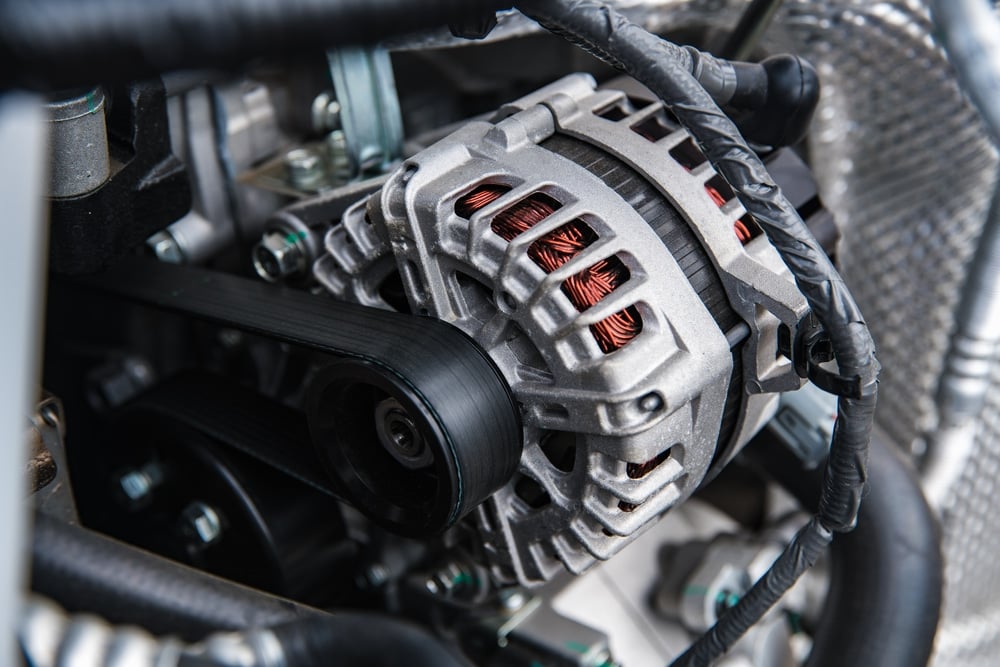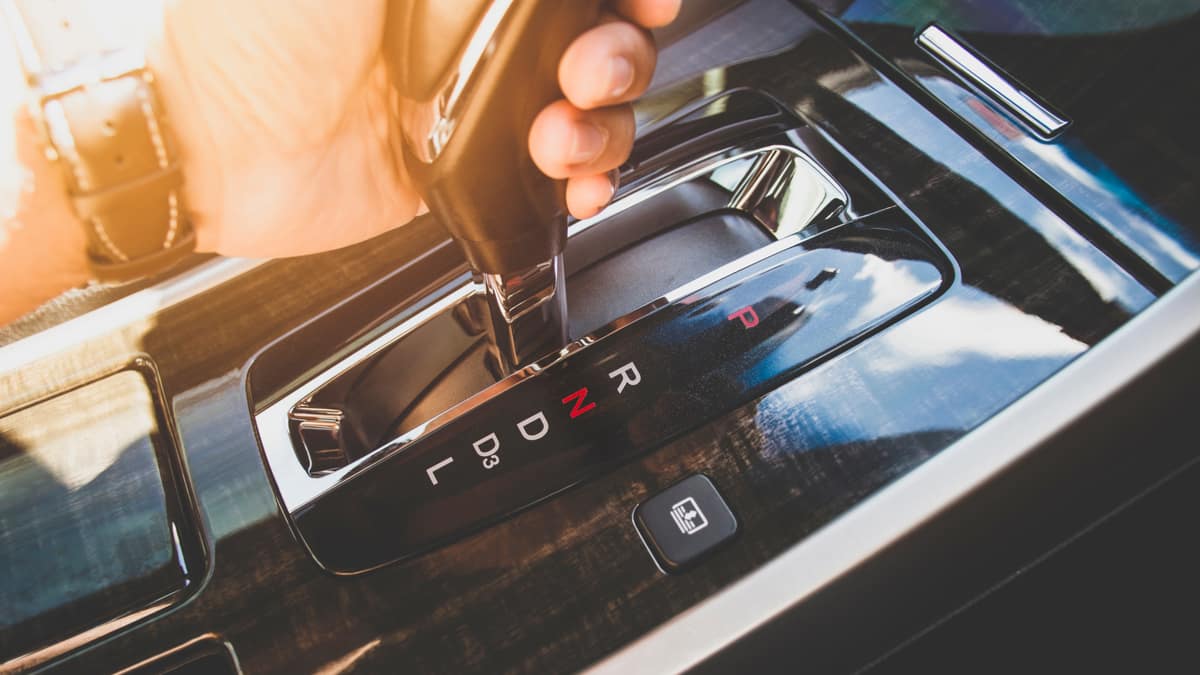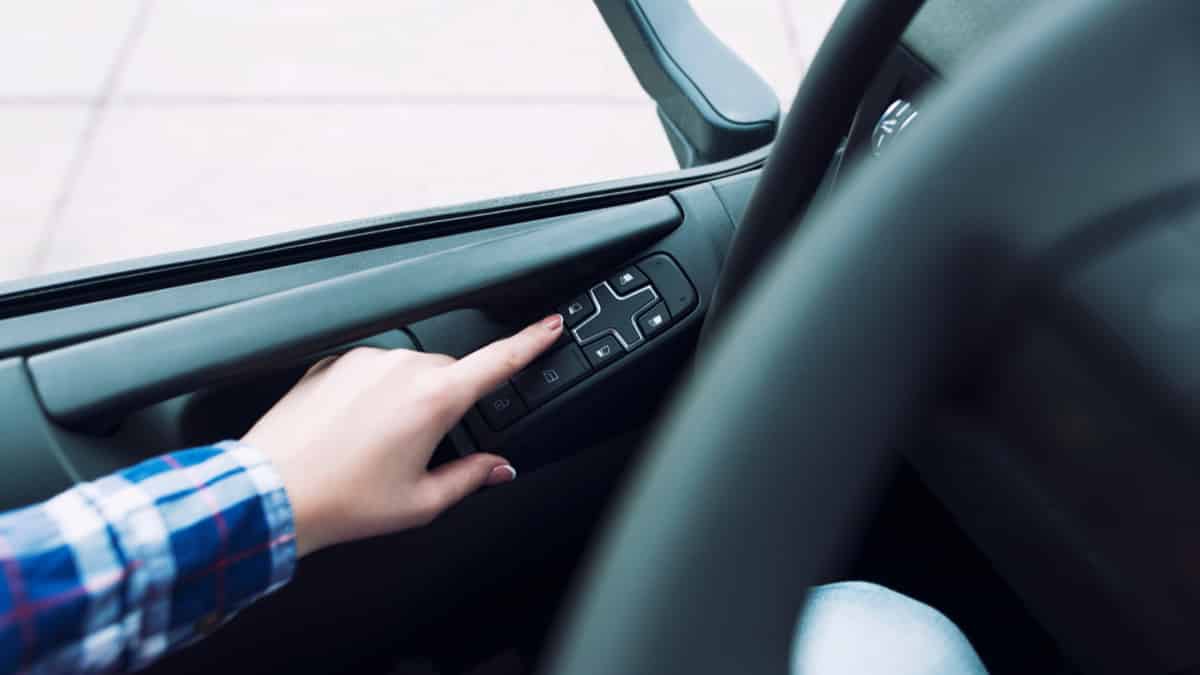We’ve all dealt with a dead car battery before, but what do you do if there’s no power to the car at all? It’s important to start by looking at the reasons your car has no electrical power at all. Once you get to the bottom of the issue, then you can start to repair it.
In this guide, we list the top reasons for the lack of power. You may not have thought about a few of them. We will also show you how to fix it. When you reach the end of our article, you will find the answers to your top car electrical power questions.
Reasons Your Car Has No Electrical Power At All
The most obvious issue is a dead car battery that’s discharged enough to create no power. It could also be due to a blown main fuse, a loose battery cable, a bad ignition switch, a failing alternator, or a bad starter. Only a complete diagnostic evaluation will reveal the cause.
Let’s jump right into the possibilities.
1. Dead Car Battery

Sometimes, when the car battery dies, you can still get some power to the vehicle. However, if the battery is completely dead or discharged, you won’t be able to turn on anything.
Most car batteries last between three and five years. If your car battery has died before that time, there could be something else leading to the failure.
2. Blown Main Fuse

There’s a fuse box located inside the cabin of your vehicle. Many of the electronics and car parts run through this fuse box. While a fuse can blow in this box, there are very few things that would lead to a complete lack of power.
However, there’s also one located under the hood, known as the power distribution center. These fuses run the computers, accessories and other vital components. If one of these major fuses blows, you could easily be without power.
3. Loose Battery Cable

Maybe the battery isn’t dead, but it’s still causing problems. If the connections are tight, there could be a short in the system.
A loose battery connection can prevent the car from starting and keep you from having any power. Even if it looks connected right, any sign of corrosion could also be to blame.
RELATED: 6 Symptoms Of A Bad Ground Strap (Negative Battery Cable)
4. Bad Ignition Switch

When you turn the key in the ignition, the car accessories receive the power needed to run. If you can’t get power to anything, it may be because the ignition switch isn’t working.
There are other ignition components that are part of the system, but they shouldn’t cause a complete lack of power, as the switch does. If the ignition coils or module fail, you will still have access to the battery power to run the stereo, headlights, and other features.
RELATED: 6 Symptoms Of A Bad Ignition Switch
5. Bad Alternator

The car alternator is responsible for charging the car battery while the engine runs. If it fails, the battery will lose its power and you won’t be able to start the car or run any features.
Many people don’t realize that the alternator is bad until they charge the battery and it happens again. Additionally, you may have replaced the battery only to find out the alternator was causing the problems.
6. Bad Starter
The starter helps get the engine running when you turn on the key. When the starter fails, you won’t be able to get the car going. Without the car running, some parts won’t have power.
However, if you can still turn on the ignition, there should be features you can run. With a charged battery, you should be able to play the radio and turn on the headlights.
How To Fix A Car Without Any Electrical Power
If you want to get back on the road, you need to fix the electrical power problem you’re having. We’ve outlined a few steps that we would take as professional mechanics. However, you should never do something contradictory to your service manual.
1. Check And Charge the Car Battery

We advise you to start by checking your car battery. If it’s more than three years old, it may be time to replace it. Many auto parts stores offer free battery testing and installation. A new car battery shouldn’t be expensive to replace. On average, you may spend $85 to $250, depending on what type of vehicle you drive.
If you want to check it yourself, all you need is a multimeter. With the car off and the probes touching the battery terminals, your multimeter should read 12.2 to 12.6 volts. If it doesn’t, you should hook it up to a battery charger.
2. Check Battery Cables

If the battery has a charge, you may also check the connections. Start by looking for any signs of corrosion. This can be easily cleaned off with a baking soda and water mixture.
Additionally, if any of the cables or connections are loose, now is the time to tighten them. Thankfully, this fix is inexpensive to perform and doesn’t take a lot of time to complete.
Use caution when dealing with the car battery. If you don’t know what you are doing, it’s best to move on to step number six.
3. Check Fuses
There’s always a chance that the fuse is blown, disrupting the power supply to your vehicle. You can use a multimeter to check the fuses. Set it to Ohms and touch the leads to the fuse terminals. If you get an OL reading, that fuse is blown and needs to be replaced.
It doesn’t take long to replace a blown fuse. Just make sure the new one you install is the same amperage as the one you removed. Plus, most fuses usually cost $25 or less.
4. Check Ignition Switch
To diagnose a bad ignition switch, you will need a little more expertise than when working with the battery. First, you need to find the electrical connection to the ignition switch. It’s normally found in the steering column.
To get to the ignition switch, you must disassemble some trim pieces. Once you reach it, a visual inspection could reveal burnt or broken wires.
An average cost to replace an ignition switch is $100 to $250. If you can perform the work yourself, it may be even less expensive.
5. Diagnose The Charging System
If you can’t seem to get the battery charged while the engine is running and it keeps dying, the problem could be the alternator. Many auto parts stores will also diagnose a failing alternator.
If you can get the car running, you can test the alternator with a multimeter. While the engine is running, the reading on your multimeter should be around 13.5 to 14.5 if everything is working right.
To replace the alternator at a shop, expect to spend $100 to $450, on average. However, you can cut out a big chunk of this expense by performing the repair in your home garage.
LEARN MORE: How to Test a Car Alternator (5 Steps)
6. Contact A Professional
It isn’t always easy dealing with car issues, especially if you need to get somewhere. When the car loses all power and won’t start, you have big problems to figure out. Maybe you don’t have the time or expertise to do it on your own and that’s okay. You can reach out to a local professional for more help.
When choosing an auto repair shop to use, read carefully through online customer reviews. It seems everyone and their brother is a mechanic these days, but far fewer actually do good work.
How do you know if your car is completely dead?
When the car is completely dead, nothing will happen when you try to start the engine. You won’t hear any noise from the engine trying to turn over or any clicking sounds. Additionally, you won’t be able to power up any of the electronics in the vehicle.
How do you fix a completely dead car?
You can start by attempting to jump start the battery. If the battery is dead, this may be just what you need to get going again. However, there could be bigger issues with the alternator, battery connections, ignition switch or fuses. Run through some quick diagnostics to figure out what’s going on.
Why is my car not starting but the battery isn’t dead?
The ignition switch may not be working, preventing you from starting the car. Additionally, the cables or wires may have become disconnected or corroded, keeping your car from getting the power it needs. On top of that, a fuse may have blown that’s responsible for starting the engine.
What fuse would stop a car from starting?
The starter relay, main fuse or ignition switch fuse could prevent the vehicle from starting. Without these fuses, the engine can’t get the power it needs to start. You can find a fuse diagram for your vehicle by looking in the factory service manual or by reading the information on the bottom of the fuse box cover.
If your car has no power at all, you may be dealing with a larger issue than you imagined at first. Sure, it could still be a dead car battery, but there are multiple other possibilities you may not have thought about. Because we’ve dealt with these issues regularly, we know what you need to look for, which is why we set out the information in this handy guide.
If you work through our steps one at a time, you should be able to figure out where the problem is and have it repaired. Thankfully, the majority of the fixes we’ve talked about are relatively inexpensive to repair.
Categories: Electric, Troubleshooting

















